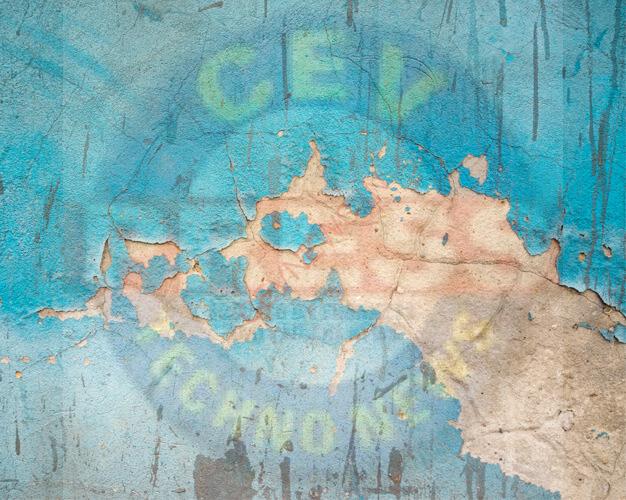DIFFERENT TYPES OF DEFECTS IN PAINTING
Defects in painting refer to imperfections that can occur during the painting process or after the painting is completed. These defects can affect the appearance, durability, and quality of the painted surface. Some of the common types of defects in painting are as follows:
1. Brush Marks: Brush marks are the streaks left by a paintbrush on a painted surface. They can occur due to improper brushing techniques, using the wrong type of brush, or applying too much pressure.
2. Blistering: Blistering occurs when the paint film separates from the surface, forming bubbles. This can happen due to moisture, heat, or the application of paint over a damp surface.
3. Chalking: Chalking is the formation of a powdery residue on the painted surface due to the breakdown of the paint film. This can happen due to exposure to sunlight, moisture, or air pollutants.
4. Cracking: Cracking occurs when the paint film develops cracks, which can happen due to the use of low-quality paint, over-thinning of paint, or applying a thick layer of paint.
5. Fading: Fading is the loss of color intensity due to exposure to sunlight or other environmental factors.
6. Flaking: Flaking is the peeling off of the paint film from the surface. This can happen due to poor surface preparation, moisture, or the use of low-quality paint.
7. Sagging: Sagging occurs when the paint runs down the painted surface, leaving visible streaks. This can happen due to over-application of paint or applying too much paint at once.
8. Wrinkling: Wrinkling occurs when the paint film forms wrinkles or ridges. This can happen due to applying a second coat of paint before the first coat is dry, or applying paint in humid conditions.
To avoid these defects, it is essential to use high-quality paint and follow proper surface preparation and painting techniques.


